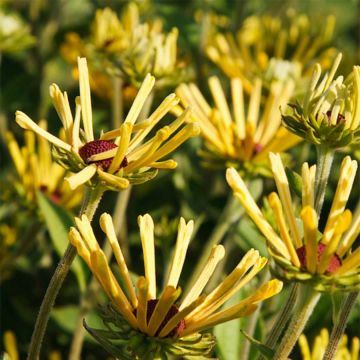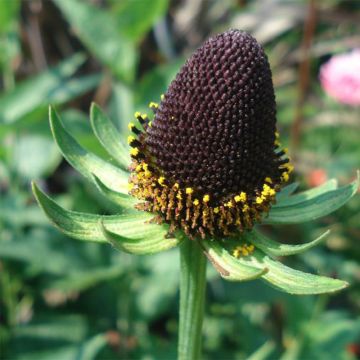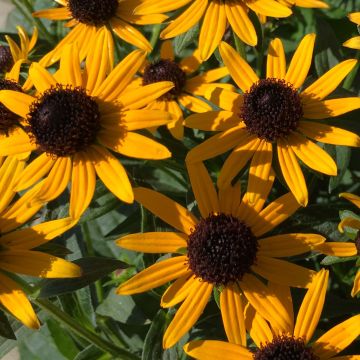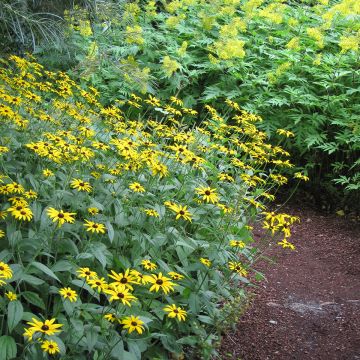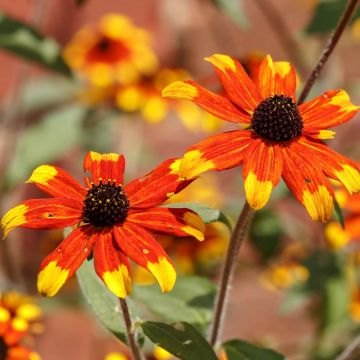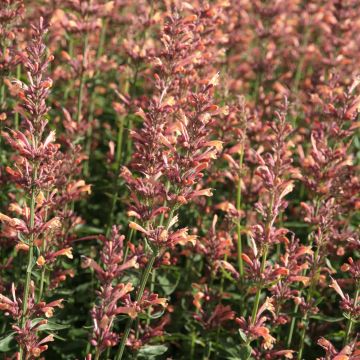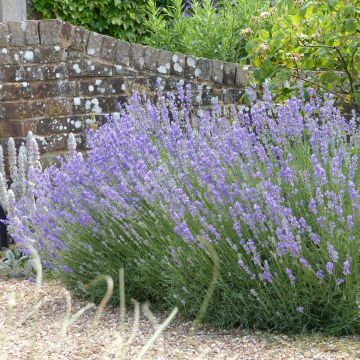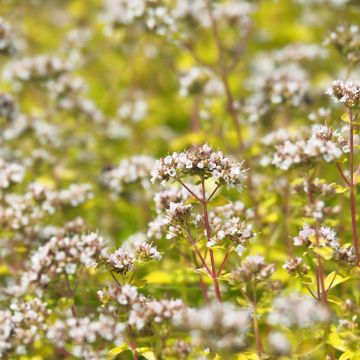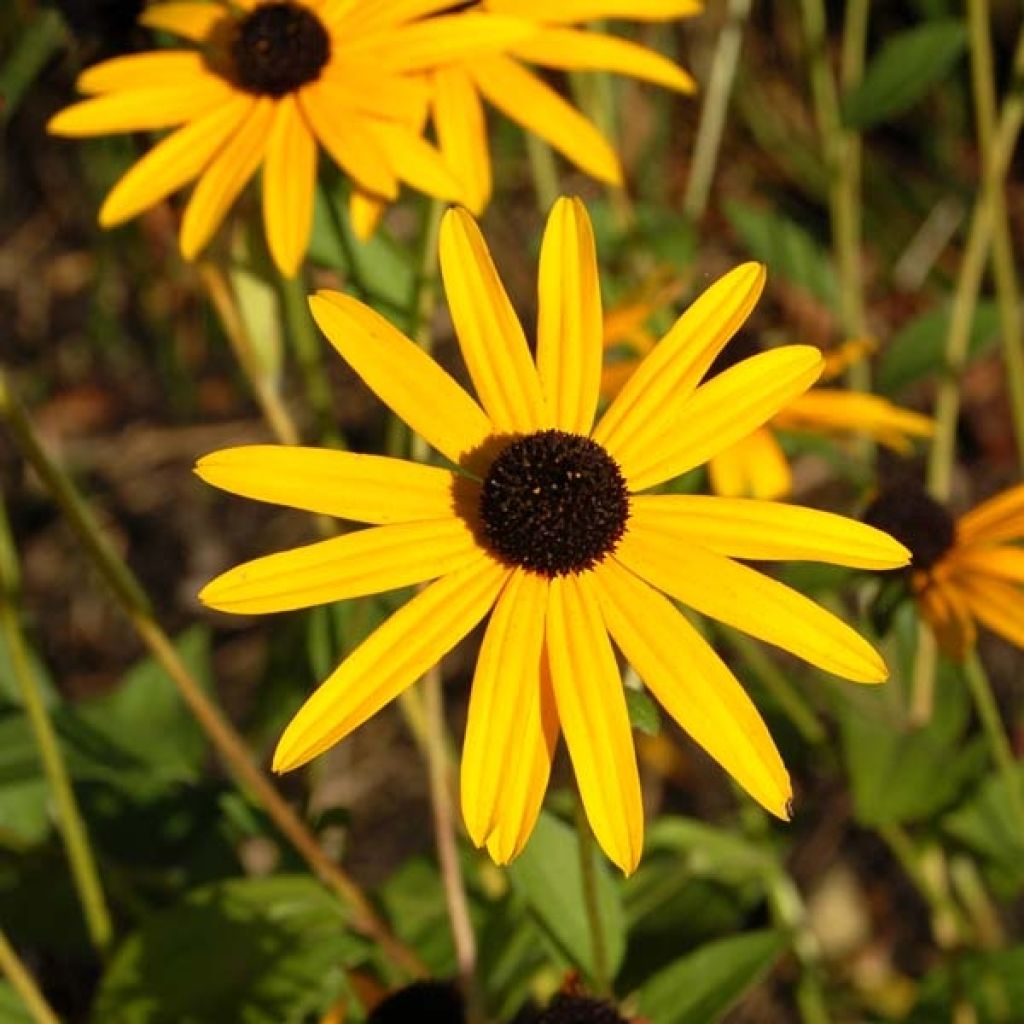

Rudbeckia fulgida Goldsturm
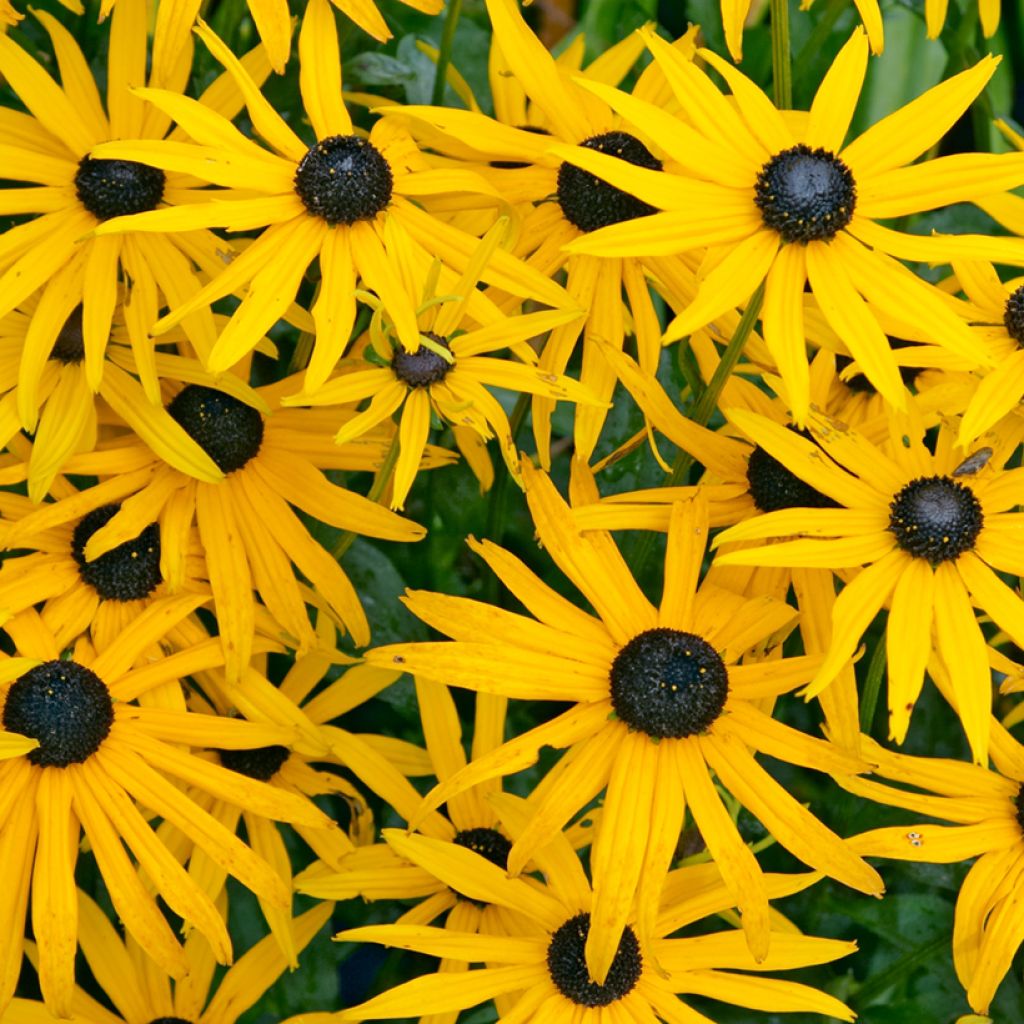

Rudbeckia fulgida Goldsturm


Rudbeckia fulgida Goldsturm
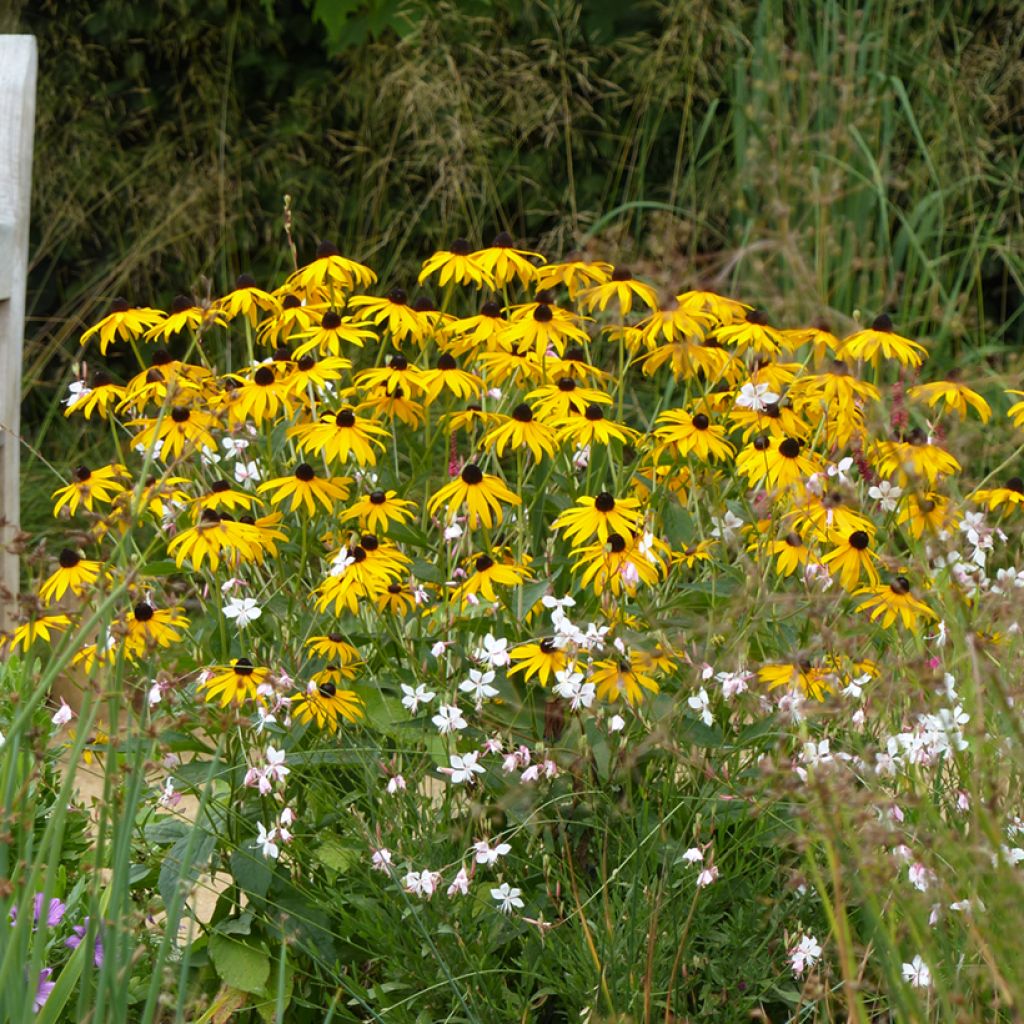

Rudbeckia fulgida Goldsturm
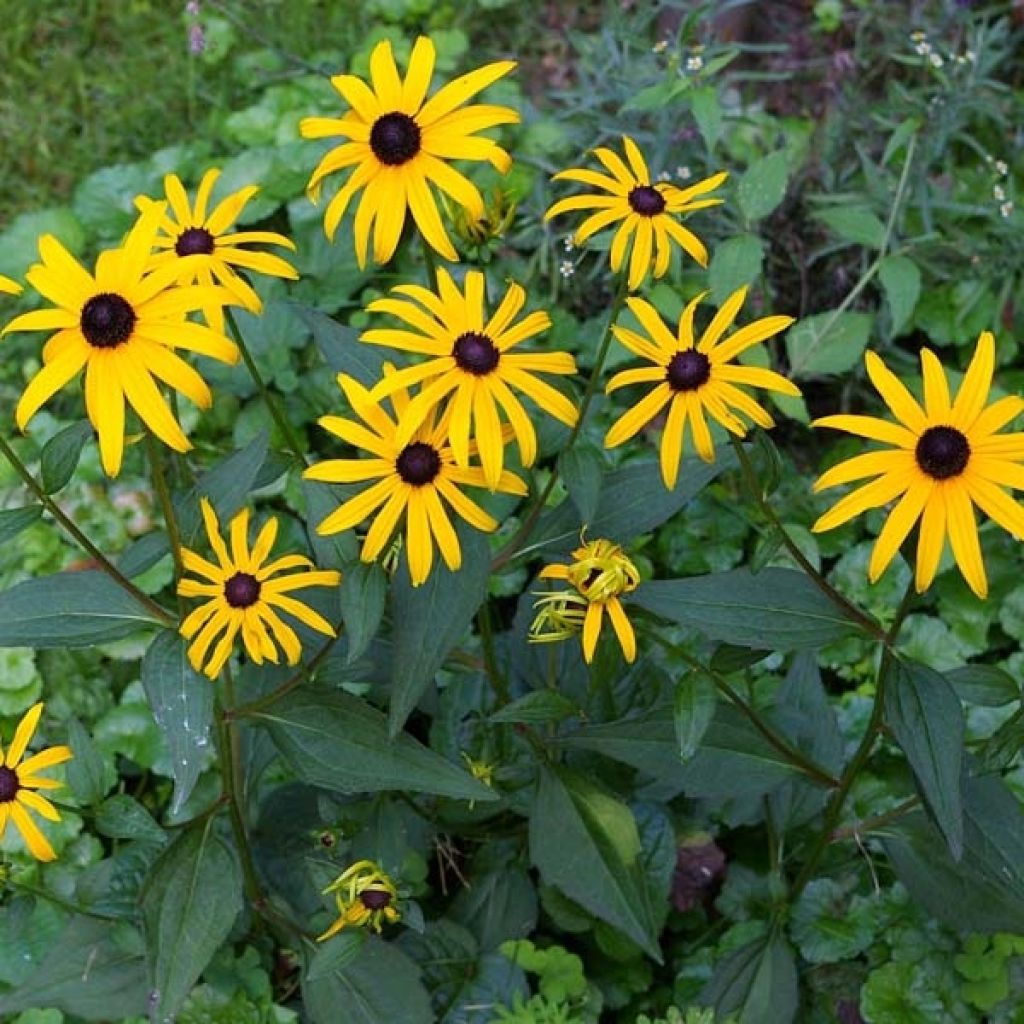

Rudbeckia fulgida Goldsturm
View more pictures
Hide images
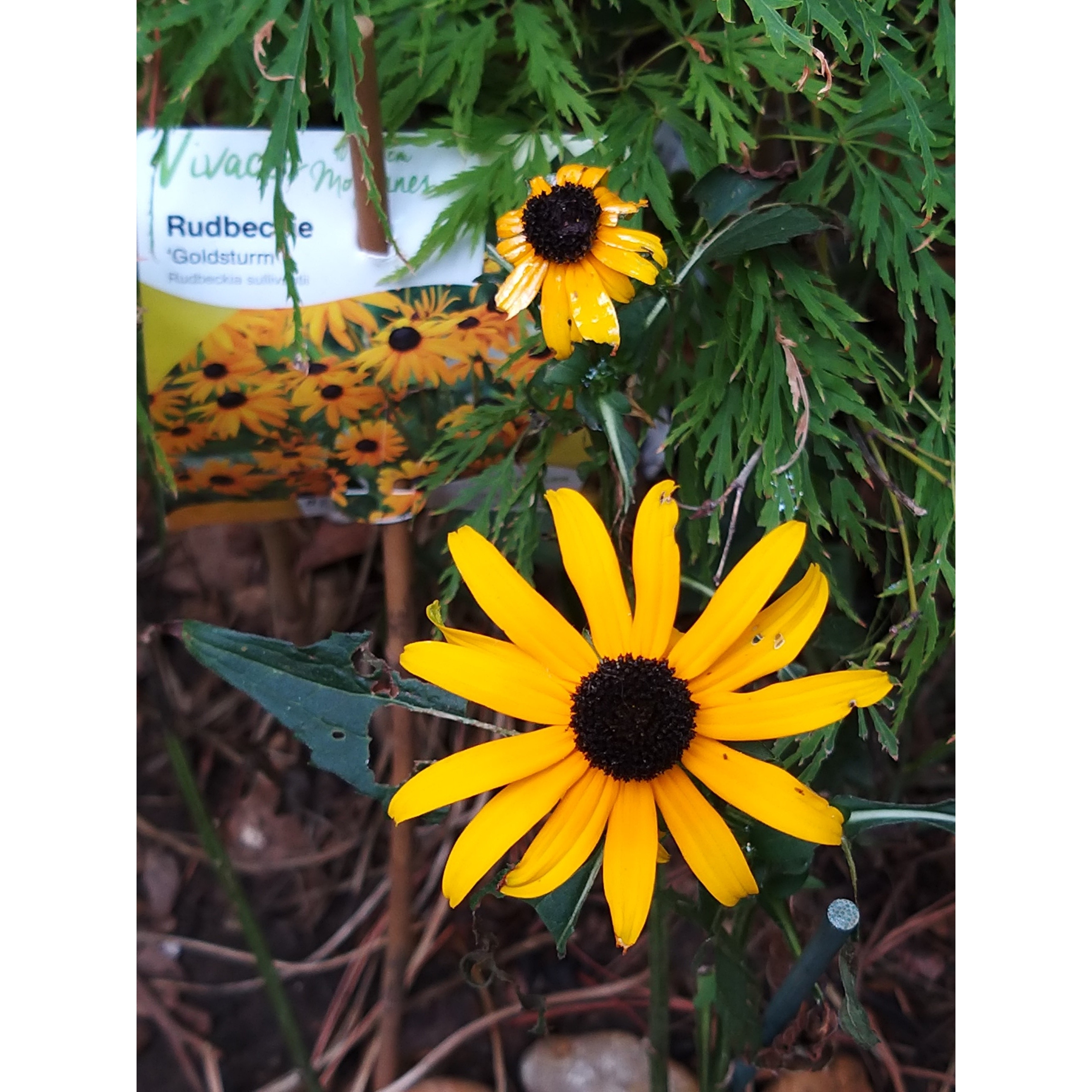
Thierry P.

N/A
Thierry P. • 84 FR

Francoise F.

Rudbeckia
Francoise F. • 31 FR
Rudbeckia fulgida Goldsturm
Rudbeckia fulgida Goldsturm
Coneflower 'Goldsturm'
Nice young plant in the making, planted on the midrib side. Thanks to all.
Nath44, 05/10/2025
Special offer!
Receive a €20 voucher for any order over €90 (excluding delivery costs, credit notes, and plastic-free options)!
1- Add your favorite plants to your cart.
2- Once you have reached €90, confirm your order (you can even choose the delivery date!).
3- As soon as your order is shipped, you will receive an email containing your voucher code, valid for 3 months (90 days).
Your voucher is unique and can only be used once, for any order with a minimum value of €20, excluding delivery costs.
Can be combined with other current offers, non-divisible and non-refundable.
Home or relay delivery (depending on size and destination)
Schedule delivery date,
and select date in basket
This plant carries a 12 months recovery warranty
More information
We guarantee the quality of our plants for a full growing cycle, and will replace at our expense any plant that fails to recover under normal climatic and planting conditions.


Would this plant suit my garden?
Set up your Plantfit profile →
Description
Rudbeckia fulgida 'Goldsturm' is a melliferous perennial plant that is a "must-have" for any garden. Vigorous and highly decorative, it is adorned with large lemon-yellow flowers. The daisy-like flowers bloom from July to October, and even November in mild climates.
Rudbeckia belongs to the Asteraceae family. This beautiful perennial is native to the northern United States. It grows in the wild in various locations such as meadows, dry fields, or open forests. Its remarkable adaptability (intense heat, severe cold, and acute drought) coupled with exceptional flowering makes it a plant with star quality.
Both an architectural plant and an accent plant, it quickly structures your flower beds with its compact and rounded habit, while also offering ornamental charm. Its beautiful lanceolate dark green foliage, perched on long and sturdy stems about 60cm (24in) high, contrasts with its large bright yellow flowers that are about 1cm (4in) wide and have a conical brown centre.
Hardy and disease resistant, this easy-to-grow perennial requires very little maintenance (simply prune the faded flowers in early November). It only needs ordinary, even dry, soil with a tendency towards limestone, as long as it is well-drained and exposed to sunny conditions.
Take advantage of the strong presence of 'Goldsturm' by planting it with short-lived flowering plants in a mixed-border in the spirit of cottage gardens. Choose varieties with softer, almost pastel shades to calm or even tame its conquering yellow. Positioned in the background, it will have a beautiful effect with English roses ('Winchester Cathedral', 'Eglantine'), garlands of lianas ('Clematis Grace'), perennials (Artemisia 'Silver Queen', white valerian, Agastache rugosa 'Alabaster', and bergamot), and dahlia bulbs (varieties 'Bishop of Dover' and 'Bishop of Leicester').
Report an error about the product description
Rudbeckia fulgida Goldsturm in pictures
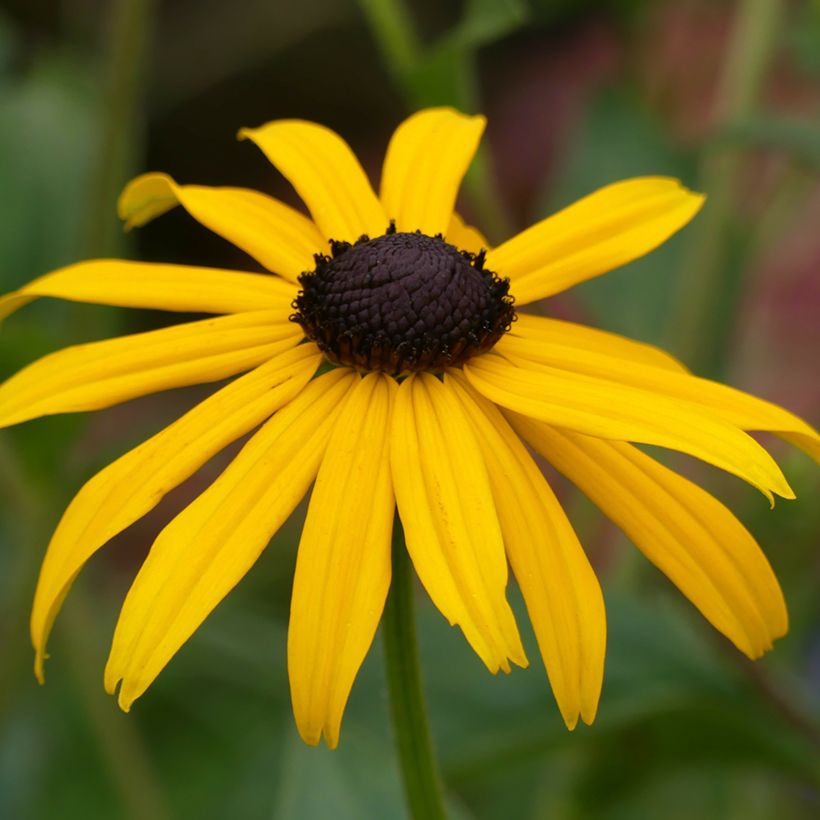

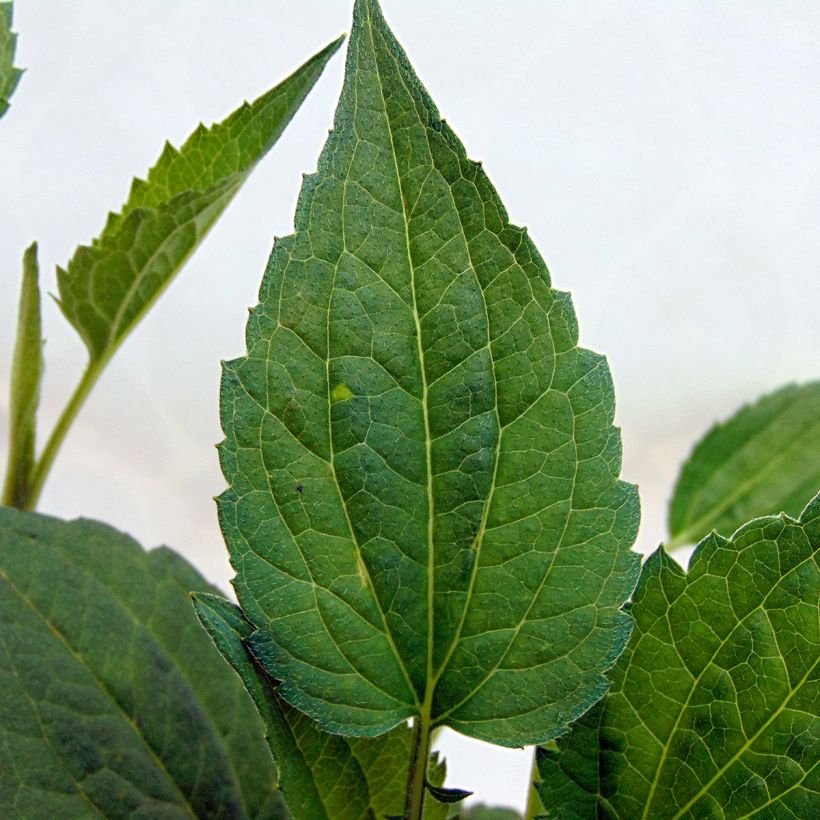



Flowering
Foliage
Plant habit
Botanical data
Rudbeckia
fulgida
Goldsturm
Asteraceae
Coneflower 'Goldsturm'
North America
Other Rudbeckia
View all →Planting and care
Plant in a sunny location in well-drained soil.
Planting period
Intended location
Care
-
, onOrder confirmed
Reply from on Promesse de fleurs
Similar products
Haven't found what you were looking for?
Hardiness is the lowest winter temperature a plant can endure without suffering serious damage or even dying. However, hardiness is affected by location (a sheltered area, such as a patio), protection (winter cover) and soil type (hardiness is improved by well-drained soil).

Photo Sharing Terms & Conditions
In order to encourage gardeners to interact and share their experiences, Promesse de fleurs offers various media enabling content to be uploaded onto its Site - in particular via the ‘Photo sharing’ module.
The User agrees to refrain from:
- Posting any content that is illegal, prejudicial, insulting, racist, inciteful to hatred, revisionist, contrary to public decency, that infringes on privacy or on the privacy rights of third parties, in particular the publicity rights of persons and goods, intellectual property rights, or the right to privacy.
- Submitting content on behalf of a third party;
- Impersonate the identity of a third party and/or publish any personal information about a third party;
In general, the User undertakes to refrain from any unethical behaviour.
All Content (in particular text, comments, files, images, photos, videos, creative works, etc.), which may be subject to property or intellectual property rights, image or other private rights, shall remain the property of the User, subject to the limited rights granted by the terms of the licence granted by Promesse de fleurs as stated below. Users are at liberty to publish or not to publish such Content on the Site, notably via the ‘Photo Sharing’ facility, and accept that this Content shall be made public and freely accessible, notably on the Internet.
Users further acknowledge, undertake to have ,and guarantee that they hold all necessary rights and permissions to publish such material on the Site, in particular with regard to the legislation in force pertaining to any privacy, property, intellectual property, image, or contractual rights, or rights of any other nature. By publishing such Content on the Site, Users acknowledge accepting full liability as publishers of the Content within the meaning of the law, and grant Promesse de fleurs, free of charge, an inclusive, worldwide licence for the said Content for the entire duration of its publication, including all reproduction, representation, up/downloading, displaying, performing, transmission, and storage rights.
Users also grant permission for their name to be linked to the Content and accept that this link may not always be made available.
By engaging in posting material, Users consent to their Content becoming automatically accessible on the Internet, in particular on other sites and/or blogs and/or web pages of the Promesse de fleurs site, including in particular social pages and the Promesse de fleurs catalogue.
Users may secure the removal of entrusted content free of charge by issuing a simple request via our contact form.
The flowering period indicated on our website applies to countries and regions located in USDA zone 8 (France, the United Kingdom, Ireland, the Netherlands, etc.)
It will vary according to where you live:
- In zones 9 to 10 (Italy, Spain, Greece, etc.), flowering will occur about 2 to 4 weeks earlier.
- In zones 6 to 7 (Germany, Poland, Slovenia, and lower mountainous regions), flowering will be delayed by 2 to 3 weeks.
- In zone 5 (Central Europe, Scandinavia), blooming will be delayed by 3 to 5 weeks.
In temperate climates, pruning of spring-flowering shrubs (forsythia, spireas, etc.) should be done just after flowering.
Pruning of summer-flowering shrubs (Indian Lilac, Perovskia, etc.) can be done in winter or spring.
In cold regions as well as with frost-sensitive plants, avoid pruning too early when severe frosts may still occur.
The planting period indicated on our website applies to countries and regions located in USDA zone 8 (France, United Kingdom, Ireland, Netherlands).
It will vary according to where you live:
- In Mediterranean zones (Marseille, Madrid, Milan, etc.), autumn and winter are the best planting periods.
- In continental zones (Strasbourg, Munich, Vienna, etc.), delay planting by 2 to 3 weeks in spring and bring it forward by 2 to 4 weeks in autumn.
- In mountainous regions (the Alps, Pyrenees, Carpathians, etc.), it is best to plant in late spring (May-June) or late summer (August-September).
The harvesting period indicated on our website applies to countries and regions in USDA zone 8 (France, England, Ireland, the Netherlands).
In colder areas (Scandinavia, Poland, Austria...) fruit and vegetable harvests are likely to be delayed by 3-4 weeks.
In warmer areas (Italy, Spain, Greece, etc.), harvesting will probably take place earlier, depending on weather conditions.
The sowing periods indicated on our website apply to countries and regions within USDA Zone 8 (France, UK, Ireland, Netherlands).
In colder areas (Scandinavia, Poland, Austria...), delay any outdoor sowing by 3-4 weeks, or sow under glass.
In warmer climes (Italy, Spain, Greece, etc.), bring outdoor sowing forward by a few weeks.































